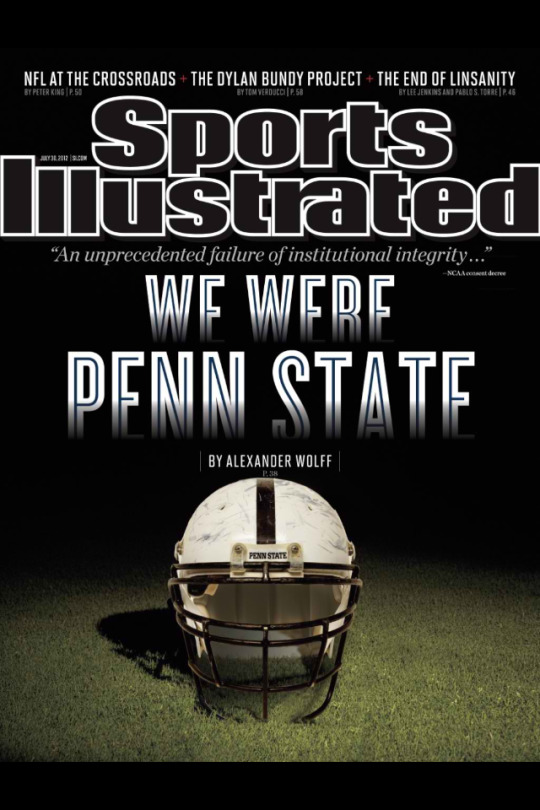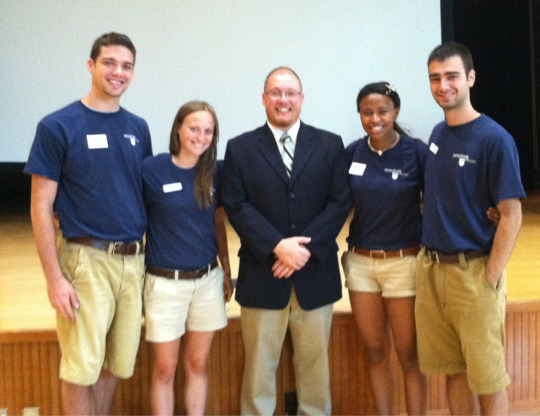Over at Slate, Siva Vaidhyanathan has an interesting take on the sanctions that the NCAA levied against Penn State, and an equally interesting comparison to other institutions that have had to ‘bounce back’:
This punishment is the best thing that could have happened to Penn State. Well, it’s the second best. The best thing would have been for the NCAA to issue a death penalty and for [NCAA President Mark Emmert] to avoid grandstanding about how his organization was concerned that programs like Penn State were “too big to fail” and that “these events should serve as a call to every single school and athletics department to take an honest look at its campus environment and eradicate the 'sports are king’ mind-set that can so dramatically cloud the judgment of educators.” No one takes Emmert seriously when he claims to represent the values of education over athletics. But still, the entire Penn State community has the opportunity to live up to that ideal now. Penn State is a university, not a football program.
In 1989, the NCAA handed the University of Oklahoma a series of sanctions for recruiting violations and a general culture of mismanagement led by coach Barry Switzer. The big news that precipitated those sanctions included a star player being arrested while trying to sell cocaine to an undercover FBI agent. Five years later, the university hired former Sen. David Boren to be its president. Since then, Oklahoma has grown in stature as a major research university. Along the way, the football team came back to prominence, winning a national championship in 2000. As a Texas Longhorn, it’s not easy for me to say nice things about the University of Oklahoma. But those 1989 sanctions helped the university right itself and focus on rebuilding its academic and athletic reputations. Everyone who has graduated from Oklahoma since 1989 should be grateful.
Penn State is in a much stronger position than either SMU or Oklahoma was. It does not have to work that hard to convince people that it is a top-flight academic institution. In fact, for all his deep moral failings, Paterno consistently supported the university’s academic mission with his own money. And he boasted about the character of his players. Alabama worships Bear Bryant for his wins. Pennsylvania admired Paterno for his values—until recently. Most importantly, Penn State’s presence across the state offers it daily and powerful evidence of the service it provides and the lives it improves.



